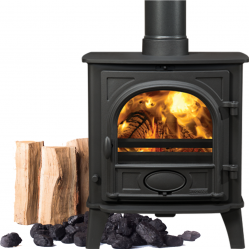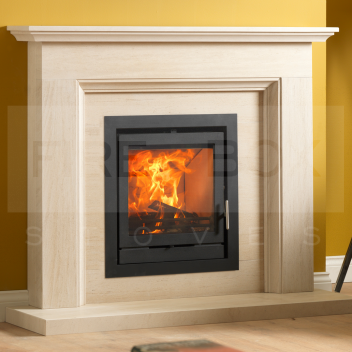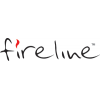Technical Details
| Product Title | Fireline FPi5W-2 5KW Extra Wide Multifuel Inset Stove |
|---|---|
| Product Keyword | Fireline FPi5W-2, 5KW inset stove, Extra Wide Multifuel, FPi5W-2 Multifuel Inset, Wood burning inset stove |
| Energy Efficiency | A |
| SIA Ecodesign Ready | Yes |
| Output (Nominal) | 5kW |
| Output (Maximum) | 6.5kW |
| Smoke Control (DEFRA) | Yes |
| Boiler Stove | No |
| Colour | Black |
| Flue Outlet Size | 125mm - 5in |
| Fuel | Multifuel |
| Height | 548mm |
| Width | 540mm |
| Depth | 295mm |
| Nominal Output (Range) | 3kW - 5kW |
| Width (Range) | 500mm - 600mm |
| Nett Efficiency (%) | 78 |
| Max log length | 395mm |
| Style | Modern / Contemporary |
| We Like! | Steel Contstruction with Draught Controlled Tertiary Air System |
| Centre of Flue to Rear | 117mm |
| 12mm Hearth Compatible | Yes |
| Convector or Radiant | Convector |
| Height (Range) | 500mm - 600mm |
Product Description
Fireline FPi5W-2 5KW Extra Wide Multifuel Inset Stove
Introducing the Fireline FPi5W-2, an extra wide multifuel inset stove designed to provide exceptional heating performance and efficiency in a modern and stylish package.
- Power Output: 5KW - ideal for heating medium sized spaces.
- Fuel Compatibility: Multifuel capability - can burn wood, coal, and other solid fuels.
- Design: Extra wide inset for a larger viewing window and greater heat output.
- Efficiency: High efficiency design ensures maximum heat output with minimal waste.
- Construction: Built with robust and durable materials for long-lasting performance.
- Easy Operation: Simple controls for ease of use and maintenance.
- Clean Burn: Incorporates clean burn technology for more complete combustion and reduced emissions.
- Airwash System: Airwash technology helps keep the glass clean, providing an unobstructed view of the flames.
- Installation: Designed for easy installation into a standard UK fireplace opening.
- Regulatory Compliance: Complies with the latest building regulations and DEFRA standards.
File Downloads
Reviews
Stoves > Multi Fuel Stoves

Multifuel Stoves
What is a multifuel stove? Is a question we get asked a lot here at Firebox Stoves. To put simply, multifuel is as the name suggests, is a stove that can burn a variety of responsibly sourced fuels including wood and smokeless fuels such as anthracite, peat and turf briquettes. Generally, coal and smokeless fuels produce more heat compared to wood so therefore it is a great option for homes that require a little more heat from their stove or for those who cannot source or store large quantities of wood.
Here at Firebox Stoves, we sell a large range of the best multifuel stoves on the market, from small 3kw stoves, to insets; multifuel stoves with back boilers to heat your whole house, and a great selection of 5kw multifuel stoves, perfect for your standard city-sized front room. With a variety of steel and cast-iron stoves, ranging from the very traditional to the very contemporary, our staff have an extensive knowledge of the range of multifuel stoves on the market and we will help you choose the right stove for you and your home. For our more environmentally-minded customers, we have a wide range of DEFRA approved multifuel stoves, approved for city use, along with many SIA EcoDesign Ready stoves, to minimise your impact on the environment.
We have fantastic HETAS approved installers across the UK to assist you with the installation process who, along with us, will provide exceptional care throughout the process, from stove selection to delivery, after-care and maintenance. Even after the stove has been installed and you have enjoyed it for a season or two, we will always be on hand to provide advice on how to clean your stove, ensuring maximum efficiency and enjoyment.





